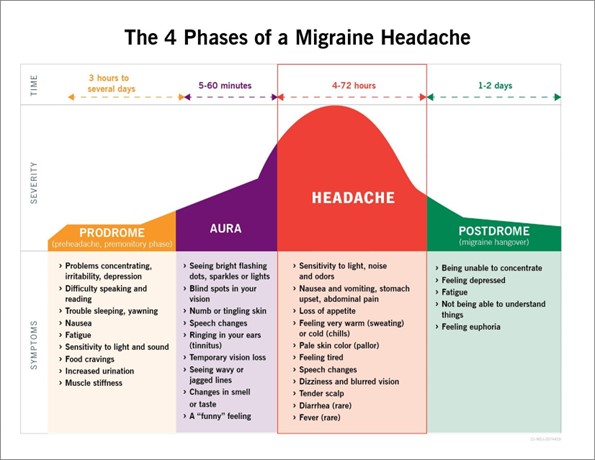A nurse is planning to administer an ophthalmic medication to a client. Which of the following actions will
minimize systemic absorption of the medication?
Apply light pressure to the inner canthus just after instilling the eye drops
Wipe the eye from the inner to the outer canthus with a sterile saline-moistened coton ball
Administer the medication drops directly into the lower conjunctival sac of each eye
Wait 5 min after instillation before instilling the drops in the other eye
None
None
The Correct Answer is A
Answer: A. Apply light pressure to the inner canthus just after instilling the eye drops.
Rationale:
A) Apply light pressure to the inner canthus just after instilling the eye drops.
Applying pressure to the inner canthus (the corner of the eye nearest the nose) helps occlude the nasolacrimal duct. This action reduces the systemic absorption of the medication by preventing it from draining into the nasal passages and subsequently into the systemic circulation, thus enhancing the local effect of the eye drops.
B) Wipe the eye from the inner to the outer canthus with a sterile saline-moistened cotton ball.
While this action may help remove excess medication or discharge, it does not minimize systemic absorption. Instead, wiping the eye could inadvertently spread the medication to other areas, increasing the chance of absorption rather than reducing it.
C) Administer the medication drops directly into the lower conjunctival sac of each eye.
While placing drops in the lower conjunctival sac is a standard practice for delivering ophthalmic medications, it does not directly influence systemic absorption. The main goal is to ensure adequate dosing in the eye, but systemic absorption can still occur if the drops drain into the nasolacrimal duct.
D) Wait 5 min after instillation before instilling the drops in the other eye.
Waiting between instillations is good practice to prevent dilution of the first dose and to allow for absorption. However, this action does not significantly impact systemic absorption. It focuses more on ensuring that the first dose is effective before administering a second dose.
Nursing Test Bank
Naxlex Comprehensive Predictor Exams
Related Questions
Correct Answer is B
Explanation
b. Migraines with aura.
Explanation:
Migraines with aura are considered a contraindication to the use of oral contraceptives. Auras are neurological symptoms that occur before or during migraines and can include visual disturbances, sensory changes, or speech difficulties. Women who experience migraines with aura have an increased risk of ischemic stroke when taking oral contraceptives. Therefore, it is important to identify this condition as a contraindication and explore alternative contraceptive options for the client.
The other options (a. History of renal calculus, c. BMI of 25, d. History of cholecystectomy) are not contraindications to the use of oral contraceptives.

Correct Answer is C
Explanation
c. Hallucination
In the scenario described, the client's experience of receiving special audible messages from the Central Intelligence Agency that no one else can hear indicates a hallucination. Hallucinations are perceptual disturbances in which a person experiences sensory perceptions without any external stimuli. They can occur in any sensory modality, such as hearing (auditory hallucinations), seeing (visual hallucinations), smelling (olfactory hallucinations), tasting (gustatory hallucinations), or feeling (tactile hallucinations).
In this case, the client is experiencing auditory hallucinations, as he is perceiving auditory stimuli (audible messages) that are not present in the external environment. Auditory hallucinations are most commonly associated with schizophrenia, although they can occur in other psychiatric disorders as well.
Derealization (option a) refers to a subjective feeling of unreality or detachment from the environment. It involves a perception that the external world is strange, distorted, or unreal. This is not the primary alteration in perception described in the scenario.
Illusion (option b) is a misinterpretation or misperception of a real sensory stimulus. It occurs when a person's perception of an actual stimulus is distorted or misunderstood. There is no indication of a misperception of a real stimulus in the scenario.
Depersonalization (option d) is a subjective experience of being detached from one's own body, thoughts, or emotions. It involves a feeling of being outside of oneself or observing oneself from a distance. This is not the primary alteration in perception described in the scenario.
Therefore, the correct answer is c. Hallucination, as the client's experience of receiving special audible messages that no one else can hear represents an auditory hallucination.
Whether you are a student looking to ace your exams or a practicing nurse seeking to enhance your expertise , our nursing education contents will empower you with the confidence and competence to make a difference in the lives of patients and become a respected leader in the healthcare field.
Visit Naxlex, invest in your future and unlock endless possibilities with our unparalleled nursing education contents today
Report Wrong Answer on the Current Question
Do you disagree with the answer? If yes, what is your expected answer? Explain.
Kindly be descriptive with the issue you are facing.
